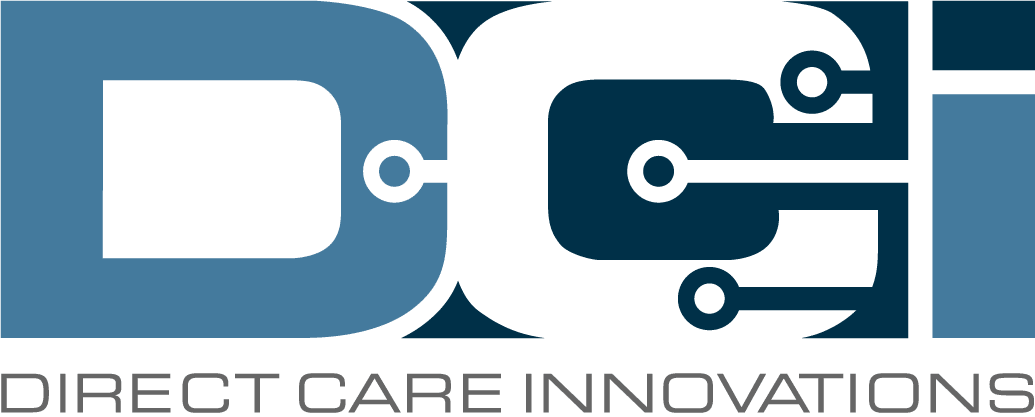Looking Ahead: The Impact of EVV in 2021
If you’re like many people, you took some time off over the holidays. Hopefully, you had the chance to enjoy family, perhaps food, and much-needed closure to the end of 2020. As you return to work in 2021, you take on more than inbox cleanup and new goals and objectives. In 2021, Direct Care Innovations knows you’ll also have to ensure compliance with the new EVV regulation.

The regulation’s implementation date pushed back to January 1, 2021, to allow states time to determine their approach and point of care agencies time to execute the plan. At this early point in the year, organizations across the U.S. are in varying states of compliance.
Where Is Your Organization in the EVV Evolution?
Some agencies implement a state-sanctioned solution and troubleshoot issues that arise with implementing a new technology solution. Other organizations select their solution and begin the integration and implementation process. Still, other groups already have a software solution in place and are well-positioned to forge ahead in the new year. Depending on your state of operation, you could be anywhere in this spectrum.
Wherever you find yourself in the process, EVV provides an opportunity to improve at least three areas of your business. EVV improves:
- The quality of care you provide
- The accuracy with which you capture and report the data surrounding care delivery
- The operational efficiency required to support your efforts
What Are The Benefits of EVV Outside of Compliance?
The home and community based services industry focuses on providing quality care to the people served by it. EVV improves quality care in several ways. First, it accurately captures time spent and services delivered in the home and community, ensuring the care recipients receive the full benefit of their service hours. Second, caregivers spend far less time on paperwork when using the right EVV solution because clicks on a smart device or GPS-assisted time monitoring is faster than disparate system reporting or, worse yet, paper. Third, EVV facilitates real-time communication and access to information, which means clinicians and caregivers can be more effective at the point of service. These factors free caregivers from burdensome administration and allow them to focus on delivering quality care, which yields better health outcomes.
EVV promotes greater accuracy for reporting and billing. What is less clear to home health care providers is the efficiency gains it creates—that is, until they reap the unexpected benefits. Implementing EVV not only brings you into compliance with a regulation; it also supplies interoperability, which generates a seamless end-to-end process. The right solution can integrate your billing, payroll, scheduling, and training functions into one system. Who doesn’t want to maximize operational efficiency?
How Can Your Organization Leverage EVV To Optimize Revenue?
It’s no secret that efficiency gains equate to cost savings. With the right EVV solution, you can cut costs while improving the quality of care you provide. EVV is best leveraged when viewed through the lens of business management. The better you manage your business, the better service you provide. To find out how DCI can support your EVV implementation, call us at (480) 295-3307 or request a free demo.

